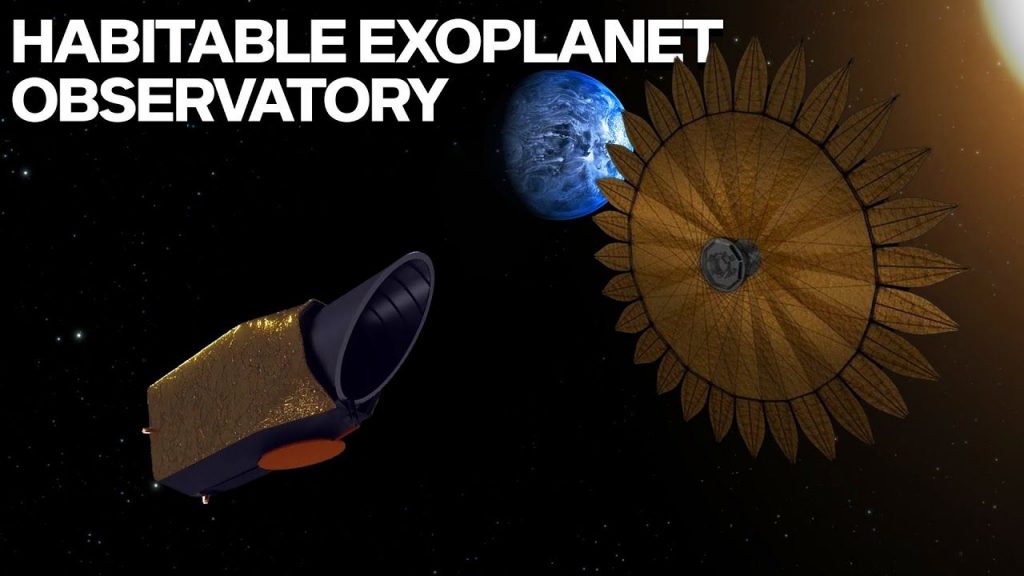
Habex is a space telescope designed to detect terrestrial orbits around bright stars. (Habitable Exoplanet Imaging Mission-HabEx).
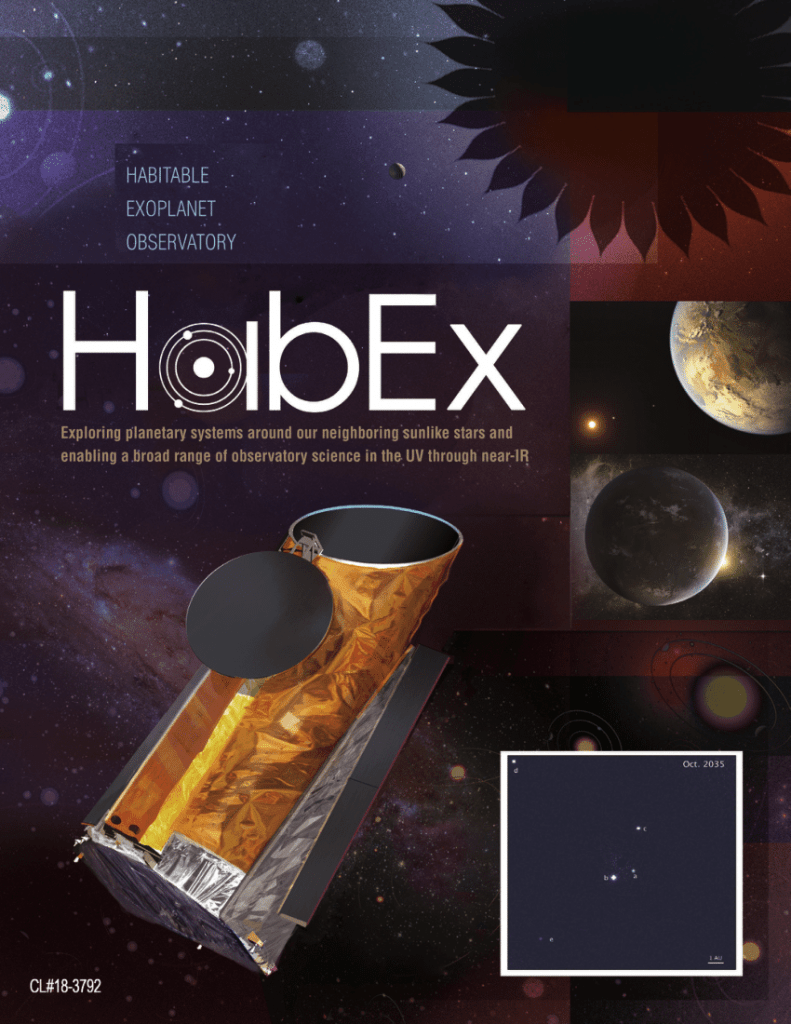
Habex is looking for stars as bright as the sun. Planets in their habitable zone and the presence of water and methane on such planets will be examined. Water and methane are signs of life. Water is the basis of life.

Methane is released into the atmosphere when animals die and chew. If their presence can be detected, it can be assumed that there is extraterrestrial life on such planets. Habex will also be the first to make a direct image of an Earth-like planet outside the Solar System.
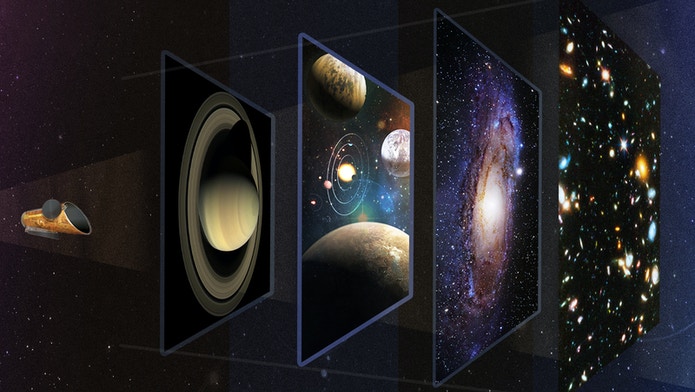
Habex can test whether liquid water remains on the planet’s surface, whether the surface is rocky, only through the habitable zone of the parent star, and whether the planet’s orbit and surface and space temperatures are suitable for life.

When the telescope and the star are facing each other, it is difficult to detect the planets passing in front of them due to the intensity of the starlight. To solve this and reduce the light intensity, a screen in the shape of a sunflower flower is set in front of the telescope’s main mirror.
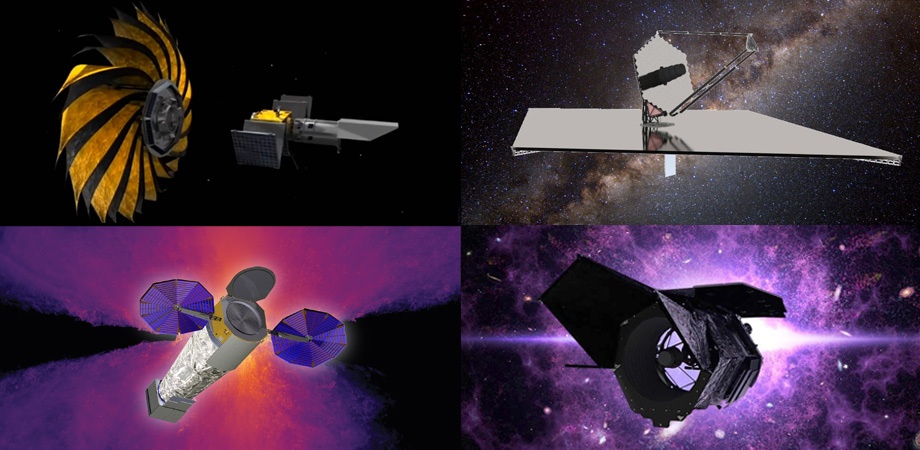
This shade is called Star Shade. The diameter of the telescope’s mirror is 8 meters. The diameter of the star shade is 7.2 meters. Habex is also capable of infrared and ultraviolet wavelengths in addition to visible light.
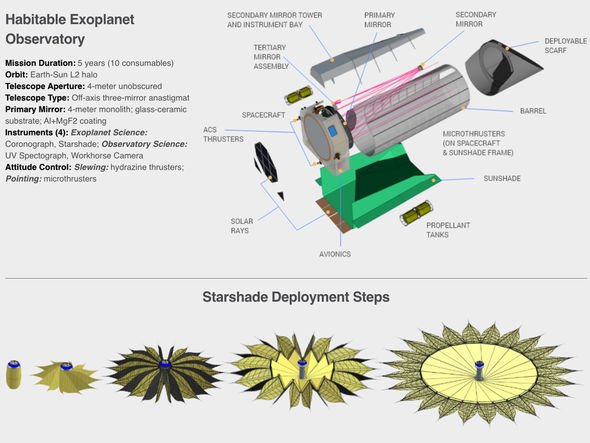
Habex is not the only target of alien hunting. Habex’s scientific goals include mapping the galaxy, speeding up the expansion of the universe, and studying dark matter.


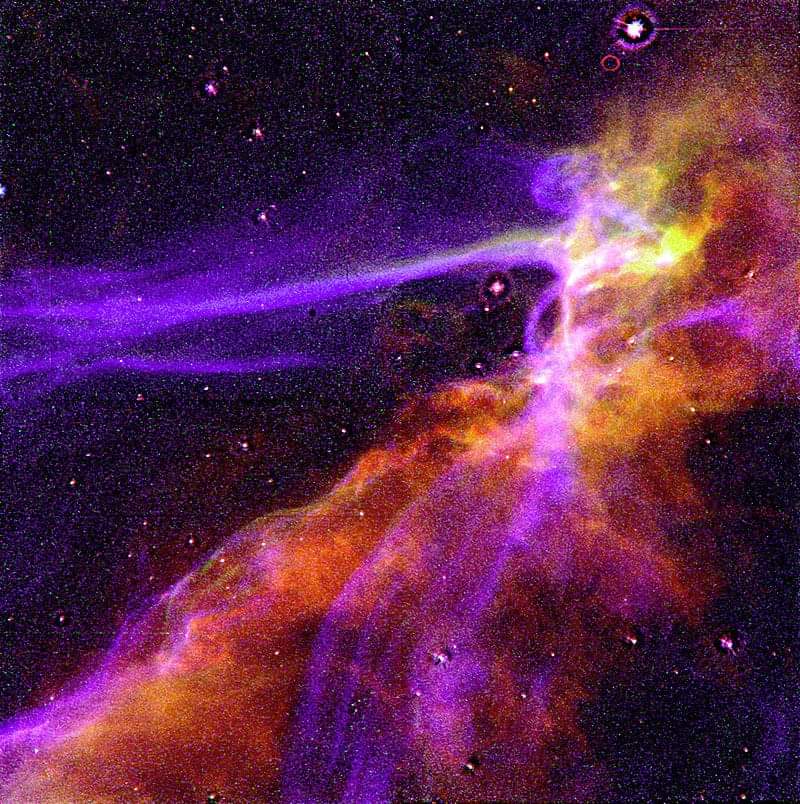
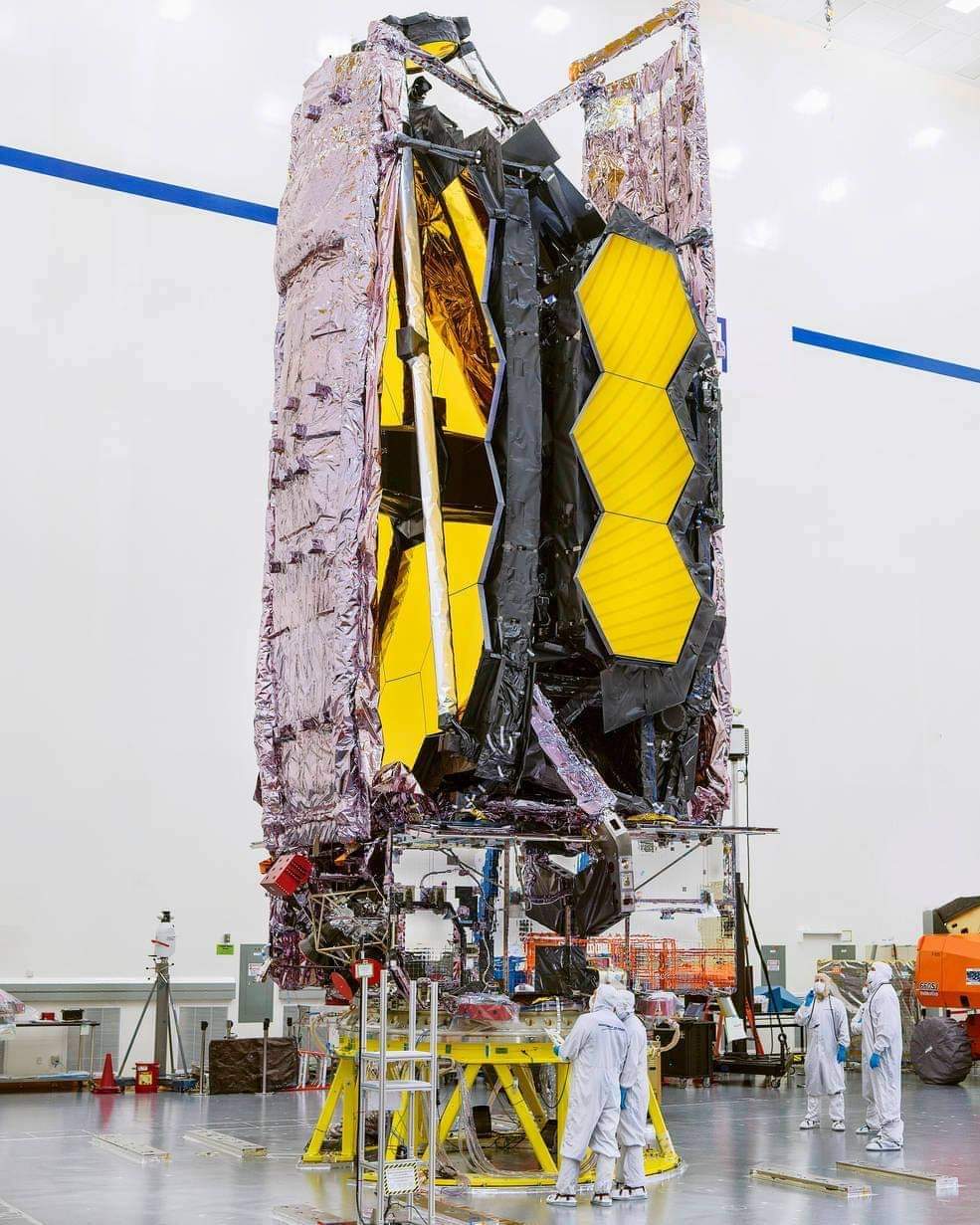
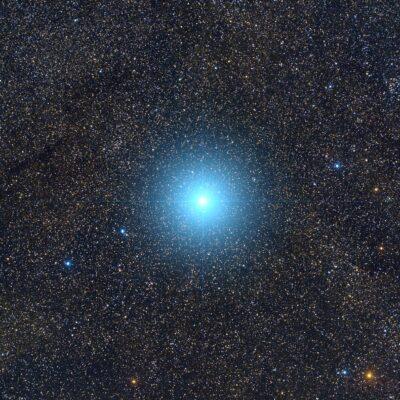
Recent Comments